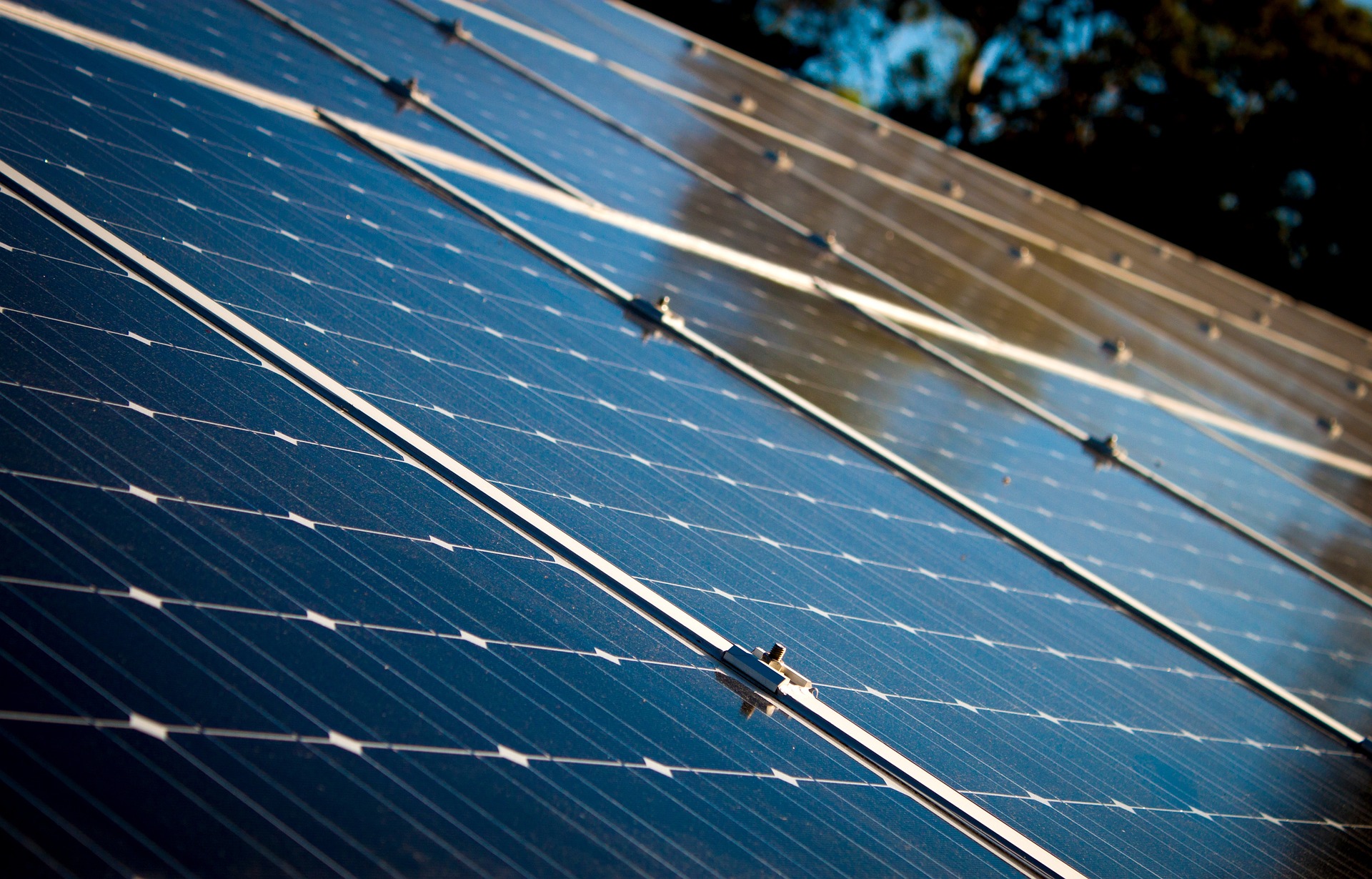Solar Panels May Be Cheaper Than You Think
Are you considering going solar but worried about the cost? Don’t worry! Cost-effective solar panels are now a reality. Technological advances have increased the efficiency and durability of solar panels, ensuring you get a high-quality product without spending too much. Learn how to use solar energy economically and sustainably with this comprehensive guide.
Harnessing the Sun: A Guide to Solar Systems and Panels
Solar energy has become an increasingly popular choice for homeowners and businesses looking to reduce their carbon footprint and energy costs. This renewable energy source offers numerous benefits, from lower electricity bills to increased energy independence. In this comprehensive guide, we’ll explore the world of solar systems and panels, helping you understand how they work and why they might be the right choice for your energy needs.
Understanding Solar Panels: The Basics
At the heart of any solar energy system are photovoltaic (PV) cells, which convert sunlight into electricity. These cells are grouped together to form solar panels, which are then installed on rooftops or in open areas to capture sunlight. When photons from the sun hit the panels, they excite electrons in the cells, creating an electric current that can be harnessed for use in homes and businesses.
Types of Solar Panels: Choosing the Right Fit
There are three main types of solar panels available on the market today: monocrystalline, polycrystalline, and thin-film. Monocrystalline panels are known for their high efficiency and sleek appearance, making them a popular choice for residential installations. Polycrystalline panels are slightly less efficient but more affordable, offering a good balance between cost and performance. Thin-film panels are the least efficient but most flexible, making them ideal for certain commercial applications.
Benefits of Solar Energy: More Than Just Savings
While reduced energy costs are often the primary motivator for installing solar panels, the benefits extend far beyond financial savings. Solar energy is clean and renewable, helping to reduce greenhouse gas emissions and combat climate change. It also increases energy independence, protecting homeowners and businesses from fluctuations in utility prices. Additionally, solar installations can increase property values and may qualify for various tax incentives and rebates.
Components of a Solar System: Beyond the Panels
A complete solar energy system consists of more than just panels. Inverters are crucial components that convert the direct current (DC) produced by solar panels into alternating current (AC) used in homes and businesses. Some systems also include battery storage, allowing excess energy to be stored for use during nighttime or cloudy days. Monitoring systems help track energy production and consumption, providing valuable insights into system performance.
Maximizing Solar Efficiency: Tips and Tricks
To get the most out of your solar system, proper installation and maintenance are key. Panels should be installed at the optimal angle and orientation to maximize sun exposure throughout the day. Regular cleaning and inspections can help ensure peak performance. Consider trimming nearby trees or structures that may cast shadows on the panels. Additionally, using energy-efficient appliances and implementing smart home technologies can help reduce overall energy consumption, making your solar system even more effective.
Choosing the Right Solar Solution: Factors to Consider
When selecting a solar system, several factors come into play. The size and energy needs of your property, local climate conditions, and available roof space all impact the type and number of panels required. It’s also important to consider the reputation and experience of the solar installation company, as well as the warranties offered on both the panels and the installation work.
To help you make an informed decision, here’s a comparison of some popular solar panel brands available in the global market:
| Brand | Efficiency | Warranty | Cost per Watt (USD) |
|---|---|---|---|
| SunPower | 22.8% | 25 years | $3.20 - $3.80 |
| LG | 21.7% | 25 years | $2.80 - $3.40 |
| Panasonic | 21.2% | 25 years | $2.70 - $3.30 |
| Canadian Solar | 20.9% | 25 years | $2.40 - $2.90 |
| Trina Solar | 20.4% | 25 years | $2.30 - $2.80 |
Note: Cost estimates are based on average market prices and may vary depending on location, installation complexity, and other factors. It’s recommended to obtain quotes from multiple providers for accurate pricing in your area.
Solar energy systems represent a significant investment in sustainable living and long-term energy savings. By understanding the various components, benefits, and considerations involved in solar panel installation, you can make an informed decision about whether solar energy is right for your home or business. As technology continues to advance and costs decrease, solar energy is becoming an increasingly accessible and attractive option for environmentally conscious consumers worldwide.
The shared information of this article is up-to-date as of the publishing date. For more up-to-date information, please conduct own research.





